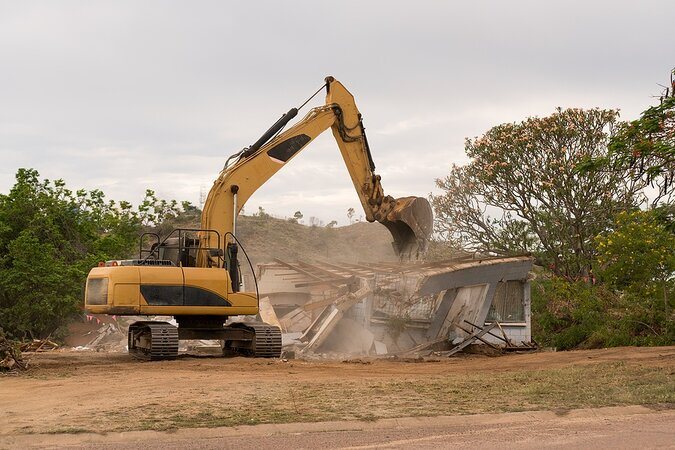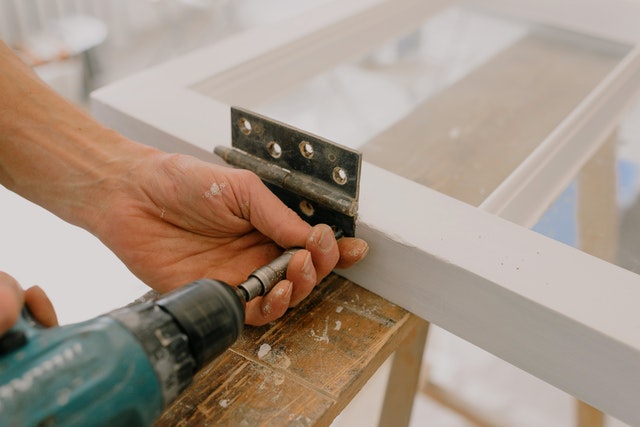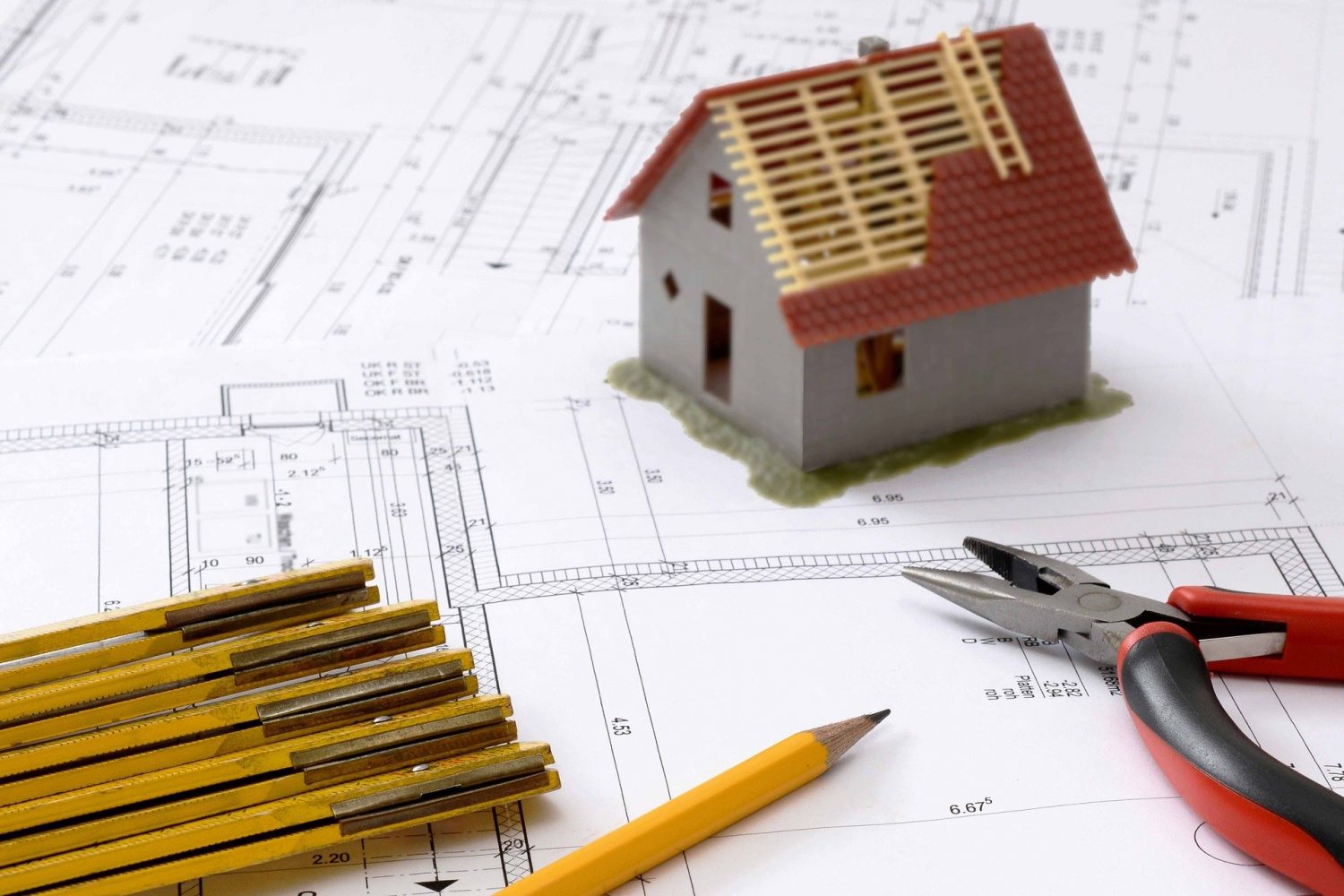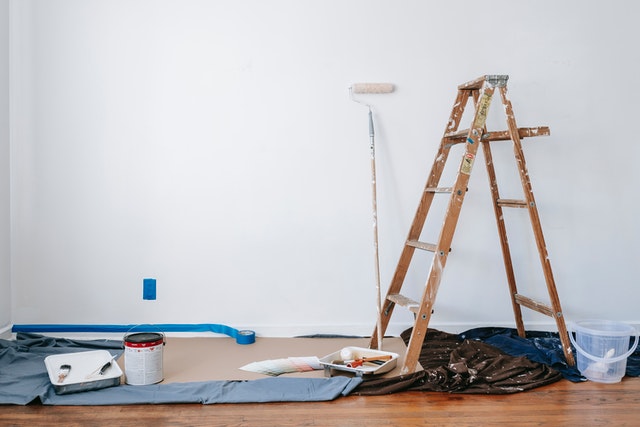If your home has seen better days and is in need of major repair, or its age makes the maintenance too much of a hassle, or you’ve simply outgrown it, you might consider renovating it. If you love the suburb where you live, this might seem like the best option.
But did you know a renovation can cost a homeowner more than building a brand-new house?
Whether a renovation is the cheaper option depends mainly on your expectations, what you hope to achieve, what surprises may arise during the building process and the scope of work.
A knock down rebuild might be the better option to achieve your dream home. Here’s some advice as to why.
What is a knock down rebuild?

A knock down rebuild is where your current home is demolished and a brand new house is built in the same location. Many homeowners choose this option when their current home no longer suits their lifestyle, but land in the suburbs near where they currently live is expensive or hard to come by and they wish to stay in the same neighbourhood.
What is a traditional house renovation?

A traditional home renovation lets you make an improvement to your home by changing the layout or adding extra space to your home with an addition. Renovations can be small projects, such as upgrading a kitchen, bathroom or bedroom, or larger projects such as moving a kitchen to another area of the home and adding an extension to create extra living space.
Homeowners may see the benefits in this option if they have a character home or one that’s in a heritage precinct. Development restrictions may mean the type of changes they are able to make to the property’s facade, for example, are limited. Or it may be that the home is more easily changed because of how it was constructed originally. A Queenslander style home is a good example of this.
Home knock down rebuild vs renovation: Factors to consider
Building a brand new home can often work out to be around the same price as undertaking a major renovation. Depending on the size of your renovation project and what you hope to achieve, it may even work out more cost-effective. There are a number of reasons for this, as discussed below.
Cost comparison

Renovating or extending your existing home can be a never-ending and costly route to take when your home is in need of improvement. In addition, you may not be able to achieve what you want to. The most cost-effective renovations normally require you to make compromises in the layout in order to meet budget restraints. During the renovation design phase, retaining as much of the existing structure and layout should be your priority. This is because every wall that’s moved can add significantly to the final cost.
A knock down rebuild has the advantage of improving access to your site, making it easier for your builder and, therefore, cheaper for you. Knocking down your old home may also allow you to subdivide your land and use these funds to build a contemporary home on your remaining block.
The construction process
Older homes may also require previous work to be corrected and it may throw up surprises that can’t be anticipated until building works are underway. This could include things like dodgy wiring, hidden asbestos, insufficient span in roof framing or the use of unsuitable materials to waterproof a bathroom. To overcome cost overruns that often occur with renovations, your builder will have a contingency budget where they can factor in the unknowns. This also leaves you out of pocket. There are normally very few surprises when building a brand new home, so your builder’s contingency budget shouldn’t have to be as big.

Timeframe comparison
Demolishing a home is relatively straightforward. A renovation calls for a home to be carefully, manually dismantled. This can often take much longer, which adds to the cost. For each wall or cupboard that’s removed, remediation work will be required. Your builder (or you, depending on who’s project managing your renovation) will then have to hire other trades, say for plumbing, painting or electrical work. The result of all this is a large chunk of your renovation budget spent on removing and fixing things instead of actually building anew.
And as already mentioned, renovating your home can often take longer than you’d expect because pulling apart a house can unearth unforeseen issues. And don’t forget, you will most probably be living in the home while it’s renovated, so be prepared for long-term disruption if you are looking at taking on more than one room at a time.

Customisation comparison
It can sometimes be difficult to achieve a seamless look between old and new on the exterior and interior of houses when renovating. However, the demolition process really does allow you to start with a blank slate. You may be able to change your site completely by levelling it out or constructing retaining walls.
Building from scratch also allows you more freedom with the design. You can customise a floorplan to suit your family’s needs. With a renovation, you are somewhat limited by your home’s current layout and structural supports.

Environmental impact comparison
A knock down rebuild allows you to consider the energy efficiency of your new home, which could save you money in the long run. Changing the orientation of your home or moving the placement of windows as well as upgrading services are all ways that could make your home cheaper to run in the future.
It is possible to replace and retrofit parts of your home during a renovation. For example, adding ceiling insulation, replacing your front door or adding under-floor heating to make your home more energy efficient. However, these measures might not be the best value for money if the rest of your home is still draughty and it costs a fortune to heat your larger space following a renovation.
If rebuilding, it may be a good idea to reuse some parts of your old home, such as your old front door, or a beautiful timber window. However, you need to consider if this eco-friendly solution will match the look of your new home. Consider if it’s worth it to you to recycle parts of your old home, like keeping your old furniture or using a fixture that’s still in good condition to mitigate some of the environmental effects of construction waste.

Knock Down and Rebuild or Renovate: Which is right for you?
Once you’ve considered the pros and cons of each option, it’s time to do some research specific to your home. The best way to do this is by speaking with some experts.
Have a consultation with a real estate agent to give you the market value of your home so you don’t overcapitalise. Next, approach your local council about the rules and regulations surrounding your plans. A meeting with an architect may change your approach if they can work with the quirks of your home. A home design company might have suggestions to solve all of your problems. And lastly, call builders to assess your site and help you decide on the right approach.
House improvement or a new direction?
Whether your house is an investment property or you plan to live in it yourself, when considering the options, keep in mind your goals before you take the next step and make a decision. If your home has solid foundations, features, and fixtures you love but doesn’t have enough space, a renovation and extension may be the way to go. If your home has outdated finishes and sagging ceilings and is at the end of its life, a knockdown rebuild may be for you.
If you still have questions about how to make your dreams a reality, call a knock-down rebuild specialist like Vision Homes for ideas and advice.
The understanding team at Vision Homes has all of the experience to guide you through the new home building process and answer any questions about any stage of the build, from demolition through to construction and completion.
